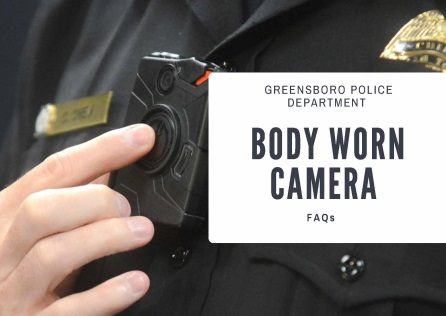In View Commentary: From the Field – Las Vegas Metropolitan, NV Police Department
The Las Vegas Metropolitan Police Department (LVMPD) was established in 1973 and is a joint city-county police force for the City of Las Vegas and Clark County, Nevada. With a sworn police force of over 3,000 officers, LVMPD serves over 2.2 million people. In FY 2015, LVMPD received a Body-Worn Camera Policy and Implementation Program award of $250,000 to purchase over 250 cameras. As one of the first agencies to implement BWCs, LVMPD has become an innovative leader in many aspects of BWC implementation, including policy development, research and evaluation, and BWC technology management.

 Agencies seeking to implement BWCs should hold multiple meetings with the community to leverage partners such as the NAACP, ACLU, and victims’ advocates. BWC PIP agencies note the importance of seeking input from the community in the policy development phase and being transparent about each phase of the deployment process. Some agencies have tried various methods (e.g., postcards, online surveys, town hall meetings) to inform, engage, and gather input from their communities.
Agencies seeking to implement BWCs should hold multiple meetings with the community to leverage partners such as the NAACP, ACLU, and victims’ advocates. BWC PIP agencies note the importance of seeking input from the community in the policy development phase and being transparent about each phase of the deployment process. Some agencies have tried various methods (e.g., postcards, online surveys, town hall meetings) to inform, engage, and gather input from their communities.